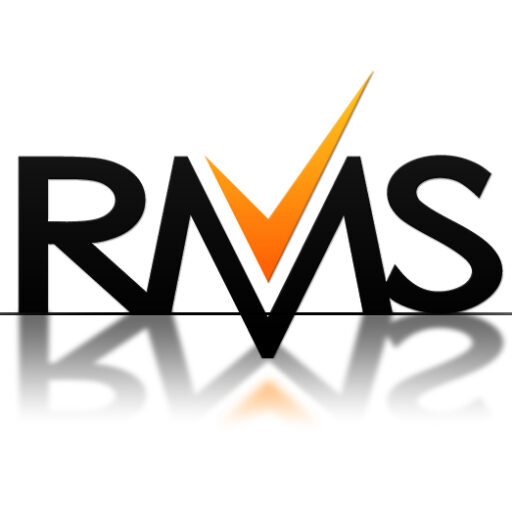Everyone who has worked in collection operations knows what it is like to create workarounds for processes. Often, these processes are designed by corporate teams without a true understanding of operational realities. Cutting corners on lengthy scripts or using alternate approaches is common to save time or simplify execution. However, processes are designed to ensure compliance with policies and requirements. So, is your workaround still compliant?
An Example
In many collection offices, a dialing system is used to launch calls either manually or through some automated method. To be TCPA compliant, let us assume a predictive dialer is not used. Collectors are required to update the account and the dialing system with the results of the call, such as releasing the account with an outbound right-party contact code.
If a collector encounters a restriction while trying to make a call, they might use a workaround by launching the call while active on another account. This means the collector is not working on the account from which the call was launched at the time of the call. The call connects, and the collector works with the customer on their account.
What is the problem with this approach?
- Call Frequency Management: Dialing systems are designed to manage call frequency requirements. Regulation F specifies that you cannot make more than seven calls to a customer within seven days and cannot attempt to contact a customer within seven days after a conversation unless permission is granted. Making calls outside the defined procedure risks exceeding call frequency requirements. Even if a collector tracks calls and believes a particular call does not violate policy, they should not deviate from the calling procedure. Refer to the CFPB’s Compliance Guides and FAQs for Reg F.
- Documentation Accuracy: When the collector releases the call and record, which account gets documented with the right-party contact? Likely, the account the collector worked on. However, the account used to launch the call might also be documented with a right-party contact due to the dialing system. This misleads the call frequency process, potentially resulting in incorrect future call attempts. If the account had a right-party contact earlier in the day and another call was made, it could result in two right-party contacts on the same account in one day. Was permission received for the follow-up call?
- Call Log Accuracy: The number dialed to reach the customer should be associated with the correct account. Calls made outside the proper account documentation mean call logs no longer reflect accurate calling records. This could complicate locating the call recording for the right-party contact.
- Production Reporting: Reporting is designed to capture accounts worked, right-party contacts, promises, and other critical metrics. Incorrect documentation might show two right-party contacts when there was only one or two accounts worked when only one was actually worked.
- Lack of Oversight: This situation often arises in operations trying to work around productivity obstacles. Usually, managers and collectors are involved in the workaround without recognizing it as an issue. The lack of oversight is due to insufficient internal controls and testing that should identify this type of situation.
How to Discover These Issues
I always say, look for the following signs:
- Inaccurate Production Reporting: If production reports show an unusually high number of right-party contacts, review the accounts being worked. This can help identify discrepancies and ensure accounts are worked accurately.
- Missing Call Recordings: If you cannot locate call recordings, investigate why they are unavailable. This could indicate improper call logging or documentation.
- Call Frequency Reporting: Use call frequency reports to identify issues. With many collection operations using manual or collector-launched calls, the seven calls in seven day rule is typically not at risk. However, calls to a customer within seven days of a right-party contact should be closely monitored.
- Compliance Oversight: Ensure the compliance team, not the operations team, is responsible for oversight and testing. Compliance teams are separate from operations to maintain objectivity and focus on accuracy. While operations aim to maximize production, monitoring accuracy is as crucial as achieving financial results.
Conclusion
Workarounds in operational processes may seem like efficient solutions to immediate challenges, but they can lead to significant compliance issues. Ensuring that all procedures are followed accurately is essential for maintaining compliance with regulations like TCPA and Regulation F. This not only prevents potential legal risks but also ensures the integrity of call logs, documentation, and production reporting.
By implementing rigorous oversight and involving compliance teams in regular testing, organizations can identify and address these issues before they escalate.
Ultimately, maintaining strict adherence to established processes safeguards both the company and its customers, ensuring sustainable and compliant operations.
For More Collection Operations Blogs by Ken Evancic – and Resources to assist you in managing collectors, and staying compliant – watch our Blog Page, Sign Up for Our Newsletter, and Check out our Quick Link Resources.
As a consultant for Resource Management Services, Ken provides consulting, training and mentoring in all phases of collection and recovery, in addition to auditing third party vendors.
Ken Evancic is a Vice President at Resource Management Services, Inc. Ken Evancic is a collections veteran with over 25 years experience. He has managed all phases of collection, including all levels of delinquency, automated dialer units, early out agency management, recovery, and skip tracing. In addition to collections operations management, he has lead initiatives in the areas of performance management, collections strategy development, collector and manager training, collector desktop design, collections reporting systems, and risk and compliance.
As a consultant for Resource Management Services, Inc., Ken has specialized in developing and completing third party compliance and performance audits for collections agencies and collection attorney firms for many top credit grantors and debt buyers. He has leveraged his 25 years of experience to develop multiple collector and collection management training classes designed to maximize collector performance. In addition to collection training, Ken helped develop and facilitates the RMS Third Party Vendor Auditing training.
Sign Up for the Twice Monthly Newsletter
Just enter your email address at the top orange bar at:
Collection Compliance Experts – “The Power of Expertise: Oversight Perfected”
It’s that easy! Twice a month – we provide blog updates and Resources for the Collection and Industry Professional.
Your email is just for this newsletter. We never sell your information. No fee. Opt-out at any time.






